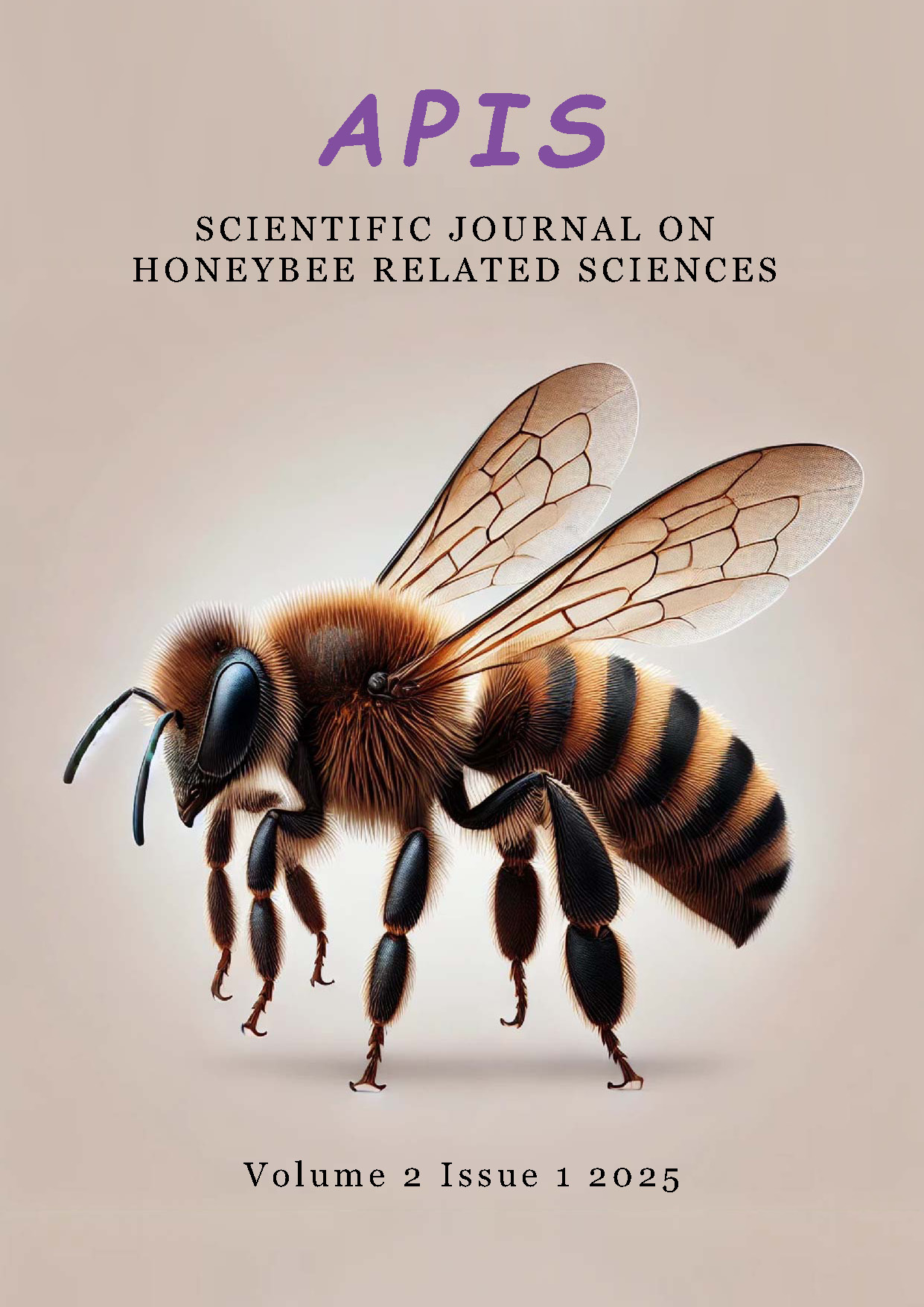Organic Propolis from Uruguay: Developing a Methodology to Analyze its Volatile Components
Abstract
Propolis Volatile Components (PVCs) are key for the pleasant aroma of this bee product but also have demonstrated several biological activities. In Uruguay, only one report of PVCs has been published, without any specification of the origin and the production conditions.
In the present work, we analysed samples from an organic apiary in Rocha Province (eastern Uruguay) collected according to the Uruguayan official recommendations. Headspace sampling of 0.03 g of ground propolis was conducted at 50°C for 30 minutes using two different SPME sorbents (1: DVB/PDMS/Carboxen; 2: Polyacrylate). The extracted PVCs were then directly desorbed in the injector port of a GC-MS instrument. Two stationary phases (Rxi-5MS and Stabilwax-MS) were selected for conventional analysis, using optimized oven programs. Identification of PVCs was carried out by comparing mass spectra with commercial libraries and calculating linear retention indices (LRIs), using a C8-C20 alkane solution. Additionally, separation of chiral monoterpenes was achieved via eGC-MS (enantioselective) with an Rt-βDEXsm column (stationary phase composed of a modified β-cyclodextrin as chiral selector). Over 100 PVCs were detected, predominantly phenylpropanoids, benzenoids and terpenic compounds. Some key PVCs identified include α-pinene, benzyl alcohol, terpinen-4-ol, o-guaiacol, benzyl benzoate, spathulenol and β-selinene. The detection of trans-nerolidol suggests (at least in part) Baccharis dracunculifolia (Asteraceae) as the botanical origin of the samples, like Brazilian Green Propolis. Further studies on the chiral patterns of selected PVCs could enhance quality control, define potential markers and support origin certification of this product in Uruguay.
Copyright (c) 2025 Manuel Minteguiaga, Francisco Santurión, Eduardo Dellacassa

This work is licensed under a Creative Commons Attribution-NonCommercial-NoDerivatives 4.0 International License.




